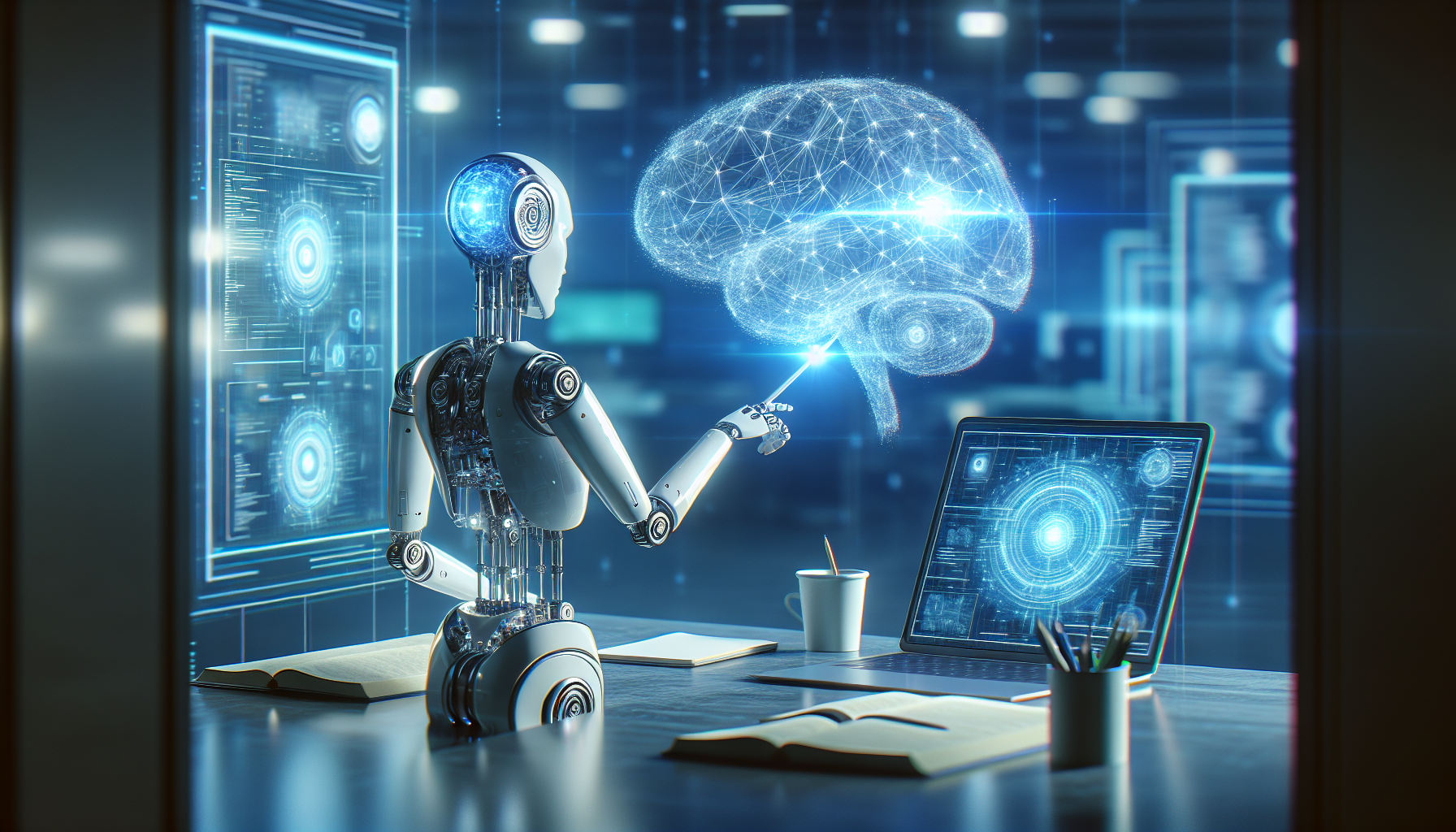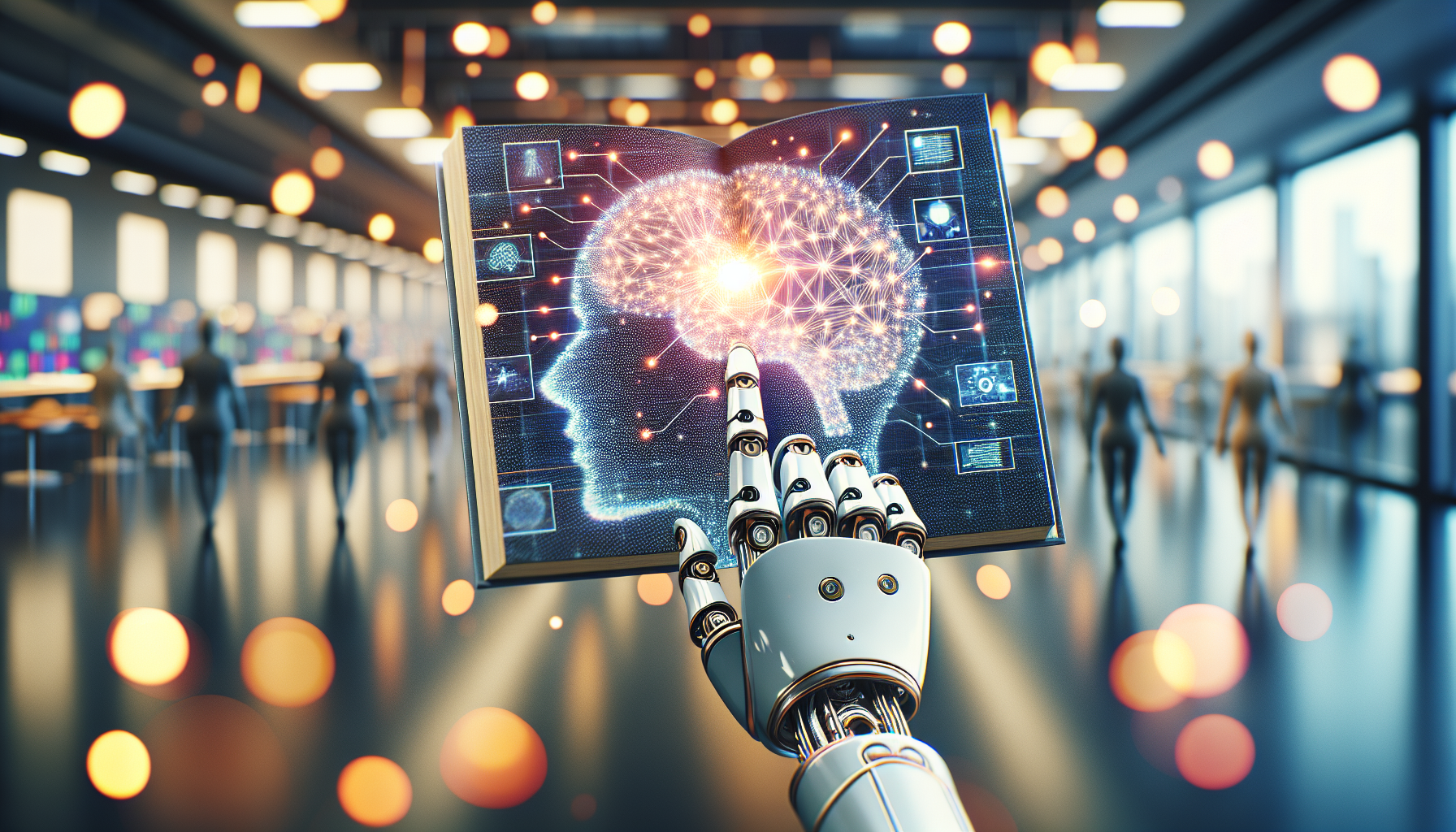
Natural Language Processing: How AI Deciphers Human Language-A Compelling Case Study
August 13, 2025
When you ask your smartphone for the weather or type a message that autocorrects almost telepathically, you're witnessing the wonders of Natural Language Processing (NLP). This subfield of artificial intelligence is not just an abstract concept residing in academic texts; it's a dynamic force reshaping our interactions with technology. To truly grasp its transformative power, let's delve into a compelling case study that highlights how NLP is revolutionizing industries and our daily lives.
Imagine a bustling hospital where doctors and nurses are constantly on the move, juggling patient care with an overwhelming amount of documentation. Here, NLP steps in as a silent hero, streamlining processes and enhancing patient care. One hospital, in particular, has harnessed the capabilities of NLP to turn the tide on administrative overload. By implementing a sophisticated NLP-based system, the hospital transformed its approach to handling patient records, medical histories, and even real-time patient interactions.
Before this technology was implemented, medical staff spent countless hours manually entering data and deciphering scribbled notes. This not only consumed valuable time but also increased the likelihood of errors. The introduction of an NLP system changed everything. It began by interpreting spoken language, allowing medical professionals to dictate notes and updates seamlessly. The system accurately transcribed these inputs into structured data, significantly reducing the time spent on documentation.
The benefits extended beyond efficiency. The NLP system was designed to recognize medical terminology and context-sensitive nuances, ensuring high accuracy in transcriptions. This proficiency reduced errors in patient records, enhancing overall safety and care quality. Furthermore, it allowed healthcare providers to focus more on their patients, fostering a more compassionate and attentive environment.
Another striking application of NLP in this context is its ability to analyze patient interactions for sentiment and intent. Imagine a scenario where a patient is struggling to articulate their symptoms. The NLP system can process their conversation, identify key phrases, and suggest possible conditions or follow-up questions for the healthcare provider. This assists in diagnosing issues more quickly and accurately, potentially saving lives.
But the potential of NLP extends far beyond healthcare. In the realm of customer service, NLP is revolutionizing how companies interact with their clients. Consider a global retail giant using NLP to enhance its customer support services. By deploying NLP algorithms, the company can analyze customer inquiries and provide instant, relevant responses. This not only improves customer satisfaction but also reduces the workload for human agents, allowing them to tackle more complex issues that require a human touch.
Moreover, the system's ability to learn and adapt over time means it becomes increasingly efficient. As it processes more interactions, it refines its understanding of language subtleties, slang, and even regional dialects. This adaptability is crucial in providing personalized and culturally sensitive responses, fostering a deeper connection between the company and its customers.
Natural Language Processing also plays a pivotal role in the financial sector. Banks and financial institutions leverage NLP to manage vast amounts of unstructured data, such as emails, transaction records, and social media mentions. By parsing through this data, NLP helps identify fraudulent activities, assess risks, and personalize customer experiences. For instance, an NLP system can detect anomalies in transaction patterns or flag suspicious activities, enabling proactive measures to prevent fraud.
The transformative power of NLP is evident, yet it raises intriguing questions about the future. As these systems grow more sophisticated, will they ever fully comprehend the intricacies and emotions embedded in human language? Can they transcend their current limitations to engage in genuine, empathetic conversations?
These questions invite us to reflect on the evolving relationship between humans and artificial intelligence. As NLP continues to mature, its potential to enhance our lives becomes ever more apparent. Whether in healthcare, customer service, or finance, the seamless interaction between humans and machines is not just a vision for the future—it's a vivid reality unfolding before us.
In pondering the future, one must consider the ethical dimensions and responsibilities accompanying these technological advancements. How do we ensure that NLP systems respect privacy and operate within ethical boundaries? As we navigate this evolving landscape, it is imperative to steer the development of NLP with a conscientious and informed approach, ensuring it serves humanity's best interests.
Ultimately, the journey of Natural Language Processing is far from over. It beckons us to explore new frontiers, challenge existing paradigms, and embrace the limitless possibilities that lie ahead. As we stand on the brink of this linguistic revolution, the question remains: How will we harness the power of NLP to redefine communication and connectivity in our world?


